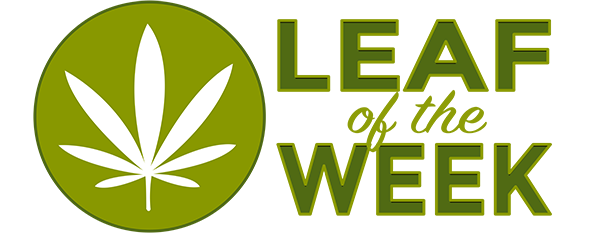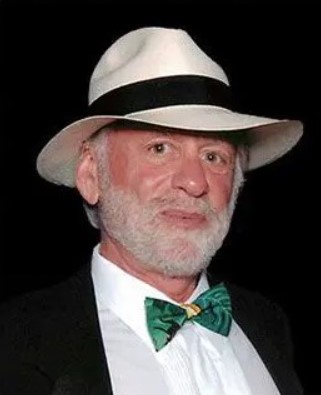Why I Do Not Smoke Or Vape, The Magic Butter Machine And A Perfect Cup Of Coffee
I smoked for decades. Since 1966 and then since 1975 in Boulder. I got my education in the East, and then came West. My delivery systems ranged from joints and bongs, to a coconut water pipe with the farmer of Negil on Xmas Eve some decades ago, and more. Hotels all come with rolling papers if you get stuck. The Gideon’s Bible has several blank pages in each volume, and it works fine.

Then I read the list of the 100 plus chemicals that were added to my inhale by the combustion of the flower. While vaping was convenient, I had ongoing concerns. First, the cartridges, in a legal state (assuming that government testing prevents harmful added ingredients, in the cartridges. These are generally sold with THC and CBD in various combinations, or one or the other. Call me old school but I like ALL of the cannabinoids. There are too many combinations of the 105+ cannabinoids (chemicals produced in the cannabis plant) for me to believe that picking two of them makes sense. Is there a synergistic benefit to having all of the cannabinoids imbibed? I don’t know. Vape cartridges are rarely if ever “whole plant” extracts.
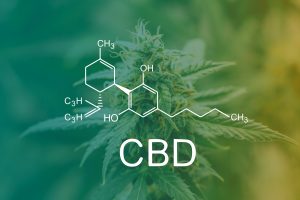
Additionally, with vaping, the exhale is not invisible. The whitish exhale may be just water vapor, although intuitively I doubt it. I am ignoring the Vitamin E disaster, since that was hopefully a temporary danger, and a thing of the past. So I eliminated vaping as a delivery system. It certainly is convenient and effective! And the buzz is impressive.
A great friend gave me a magic butter machine for my birthday a year or two ago. My current practice is to make avocado oil. I use one ounce of bud to one liter of avocado oil. One hour cook in the butter machine. Then, I doll out the oil about a tablespoon at a time. Be CAREFUL on the first dose, since the potency varies, and be really cautious about the last few teaspoons. Those can be literally “trippy.” For me, in a wonderfully happy way. Similar to LSD tripping on a VERY mild basis, and with a happiness overlay. Consider mixing the final oil before pouring, starting from the top. When you are at the bottom, do NOT drive or operate a blender or even a pencil. Sit in a chair and don’t fall down.
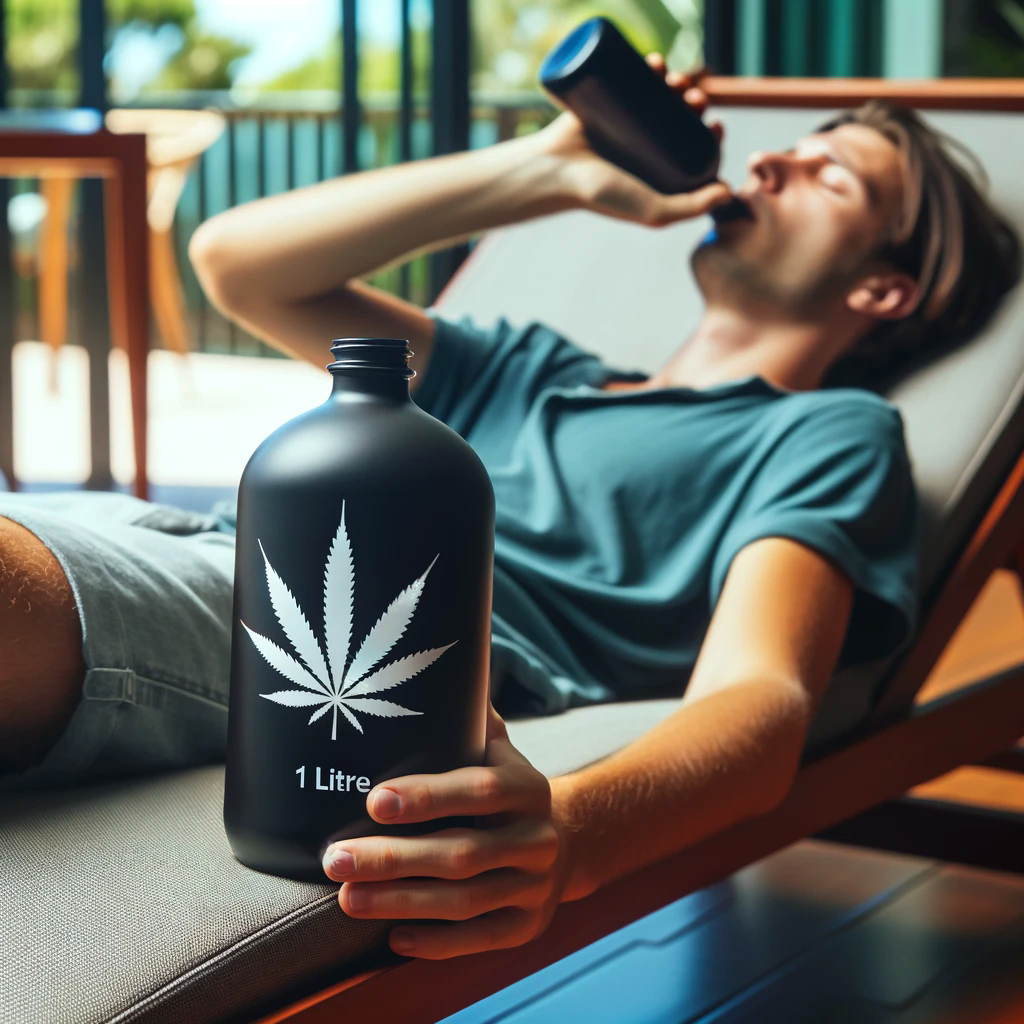
Of course the oil has the challenge of all eating and drinking cannabis products. The time of onset of the buzz varies. While it can be 1/2 hour, it is generally 1 1/2 hours minimum. as we know, tourists get in trouble by eating more of their gummies because they “don’t feel anything yet.”
When it fits my day, and being semi-retired it often does, I make a perfect cup of coffee. For me that is Sumatra, freshly ground. I put it in the “double espresso” filter in the Calphalon espresso machine. I make a double espresso, and then push the button again with the beans already loaded. That gives me a strong cup of coffee. I add about 1 tablespoon of my magic oil, and depending upon mood, I make it Cuban style, with 4 sugar cubes, or American, with (my choice) Oatley Oat Milk and no sugar.
When I run out, I smoke full flower in a dugout one hitter. I find that when I do that, I cough for about 2 or 3 days until I overcome my inertia and again make more oil. Decarboxilization takes a 1/2 hour at 250 deg F, 115 deg C. Then it needs time to cool before being cooked in the butter machine. Refrigerator is fine for the chilling. Then one hour in the magic machine and I have new oil to filter and use. I suggest storing it in a bottle with a ground glass stopper if that’s possible, and a dark bottle or dark storage slows oxidation.
I buy mixed 1/4 ounces. My 4 quarter-ounces will be 2, 3, or 4 different strains. I figure that what is lacking in one may be present in one of the others.
Smoke responsibly (or oil yourself responsibly). That may mean an oil dose daily. WARNING: When I have too much oil, I sleep a lot more than normal. Motor coordination can be impacted by high doses.
The combustion of marijuana, like the combustion of any organic material, results in the production of a wide variety of chemicals. When marijuana is smoked, the heat from burning transforms the plant material into smoke, which contains not only the psychoactive compounds like delta-9-tetrahydrocannabinol (THC) but also a complex mixture of both identified and unidentified compounds. This process generates numerous products, including some that may be harmful or potentially carcinogenic.
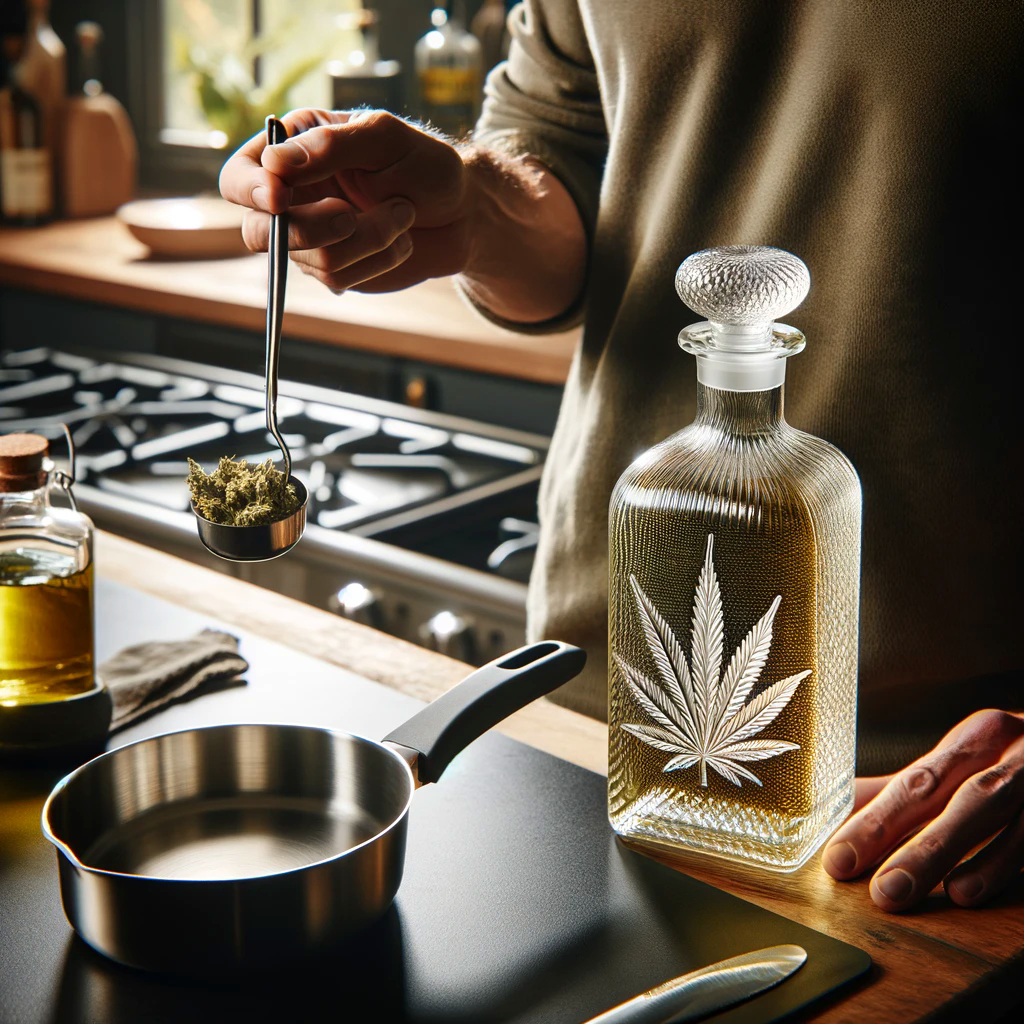
While I don’t have access to the specific chart from the book “Science of Pot,” I can provide a general overview of the types of chemicals typically produced during the combustion of marijuana, based on scientific literature. These include, but are not limited to:
1. Cannabinoids: These are naturally occurring in the plant and include Delta-9 THC and cannabidiol (CBD), among others.
2. Various principle cannabinoids in their molecular form:

3. Concentrations and profiles might change due to the combustion process.
4. Tar: Similar to tobacco smoke, marijuana smoke contains tar, which is a sticky residue that can contain various carcinogenic substances.
5. Polycyclic aromatic hydrocarbons (PAHs): These are a group of chemicals that are formed during the incomplete burning of organic substances. Some PAHs are known carcinogens.
6. Carbon monoxide (CO): This gas is produced by incomplete combustion and can impair the ability of blood to carry oxygen.
7. Nitrogen oxides (NOx): These gases can contribute to inflammation and respiratory issues.
8. Ammonia (NH3): High levels can be found in marijuana smoke; it is irritating to the respiratory system.
9. Hydrogen cyanide: Produced during combustion and can impair lung function.
10. Formaldehyde: A known carcinogen that can be produced during the burning process.
11. Acetaldehyde: Another potential carcinogen that can be produced during combustion.
12. Benzene: A well-known carcinogen that can be found in marijuana smoke.
13. Vinyl chlorides, phenols, and various aldehydes, which have varying levels of toxicity and potential carcinogenicity.
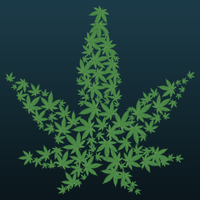
It’s important to note that the specific profile of chemicals can vary depending on the type of marijuana, how it’s smoked (e.g., joint, pipe, bong), and the conditions of combustion. The identification of carcinogenic substances among these by-products is based on broader research into smoke and combustion by-products rather than being exclusive to marijuana smoke. Note that many of the chemicals of combustion are known or suspected carcinogens.
For details on the list of combustion products, see The Science of Marijuana by Iverson. While many of the harmful chemicals produced by burning are the same as those present in cigarettes, the amounts are lower. BUT they are generally lower by far less than 1/2. Not much comfort.
Lenny Lensworth Frieling
Moderation in Moderation
- Multi-published and syndicated blogger and author.
- University lectures at University. of Colorado, Boulder, Denver University Law School, Univ. of New Mexico, Las Vegas NM, and many other schools at all levels. Numerous lectures for the NORML Legal Committee
- Former Judge
- Media work, including episodes of Fox’s Power of Attorney, well in excess of many hundreds media interviews, appearances, articles, and podcasts, including co-hosting Time For Hemp for two years.
- Life Member, NORML Legal Committee, Distinguished Counsel Circle.
- Photographer of the Year, AboutBoulder 2023
- First Chair and Originator of the Colorado Bar Association’s Cannabis Law Committee, a National first.
- Previous Chair, Boulder Criminal Defense Bar (8 years)
- Twice chair Executive Counsel, Colorado Bar Association Criminal Law Section
- Life Member, Colorado Criminal Defense Bar
- Board Member Emeritus, Colorado NORML, and prior chair during legalization, as well as pre and post legalization
- Chair, Colorado NORML, 7 years including during the successful effort to legalize recreational pot in Colorado
- Senior Counsel Emeritus to the Boulder Law firm Dolan + Zimmerman LLP : (720)-610-0951
- Board member, Author, and Editor for Criminal Law Articles for the Colorado Lawyer, primary publication of the Colorado Bar Assoc. 7 Years, in addition to having 2 Colorado Lawyer cover photos, and numerous articles for the Colorado Lawyer monthly publication.
- http://www.Lfrieling.com



